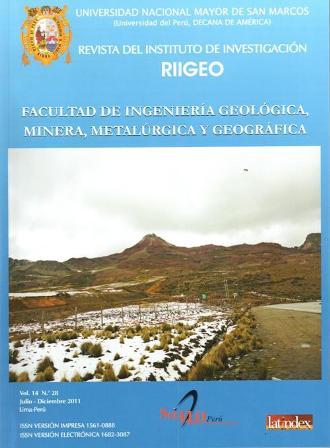Detection of interferences and incompatibilities in the design of building projects using BIM technologies
DOI:
https://doi.org/10.15381/iigeo.v14i28.672Keywords:
Building Information Modeling (BIM), Detection of interferences, BIM technologiesAbstract
Nowkday the customers requires, complex edifications, it involves complex projects, with a wide variety of materials, installations, resources and procedures that requires the application of administration and planning of high performance, during the construction. Too, is necessary a constant and efficient revision of compatibilities, and feedback in the design of the project, before to begin the construction phase. Frequently the project design phase is completed and the construction phase is begun with a not optimized design, this last involves mistakes, incompatibilities and clashes between the specialties of the engineering. So the responsibility of the final design accord to the normative construction, pass to the builder company, so is common develop solutions and redesigns during the construction phase, this last is a bad and very critical situation, and can affect negatively on hard terms and increases in costs if those mistakes are not detected on time using the correct ways. In this paper, we can see how the Building Information Modeling (BIM) can be used to optimize the designs and obtain early al Keywords: Incompatibilitles, Solutions, Bullding information Modelling, Clash, Detection.erts of incompatibilities and clashes before occurs during the construction phase.
Downloads
Published
Issue
Section
License
Copyright (c) 2011 José Taboada G., Vladimir Alcántara R., Daniel Lovera, Ricardo Santos, Jorge Diego

This work is licensed under a Creative Commons Attribution-NonCommercial-ShareAlike 4.0 International License.
AUTHORS RETAIN THEIR RIGHTS:
a. Authors retain their trade mark rights and patent, and also on any process or procedure described in the article.
b. Authors retain their right to share, copy, distribute, perform and publicly communicate their article (eg, to place their article in an institutional repository or publish it in a book), with an acknowledgment of its initial publication in the Rev. Inst. investig. Fac. minas metal cienc. geogr.
c. Authors retain theirs right to make a subsequent publication of their work, to use the article or any part thereof (eg a compilation of his papers, lecture notes, thesis, or a book), always indicating the source of publication (the originator of the work, journal, volume, number and date).






